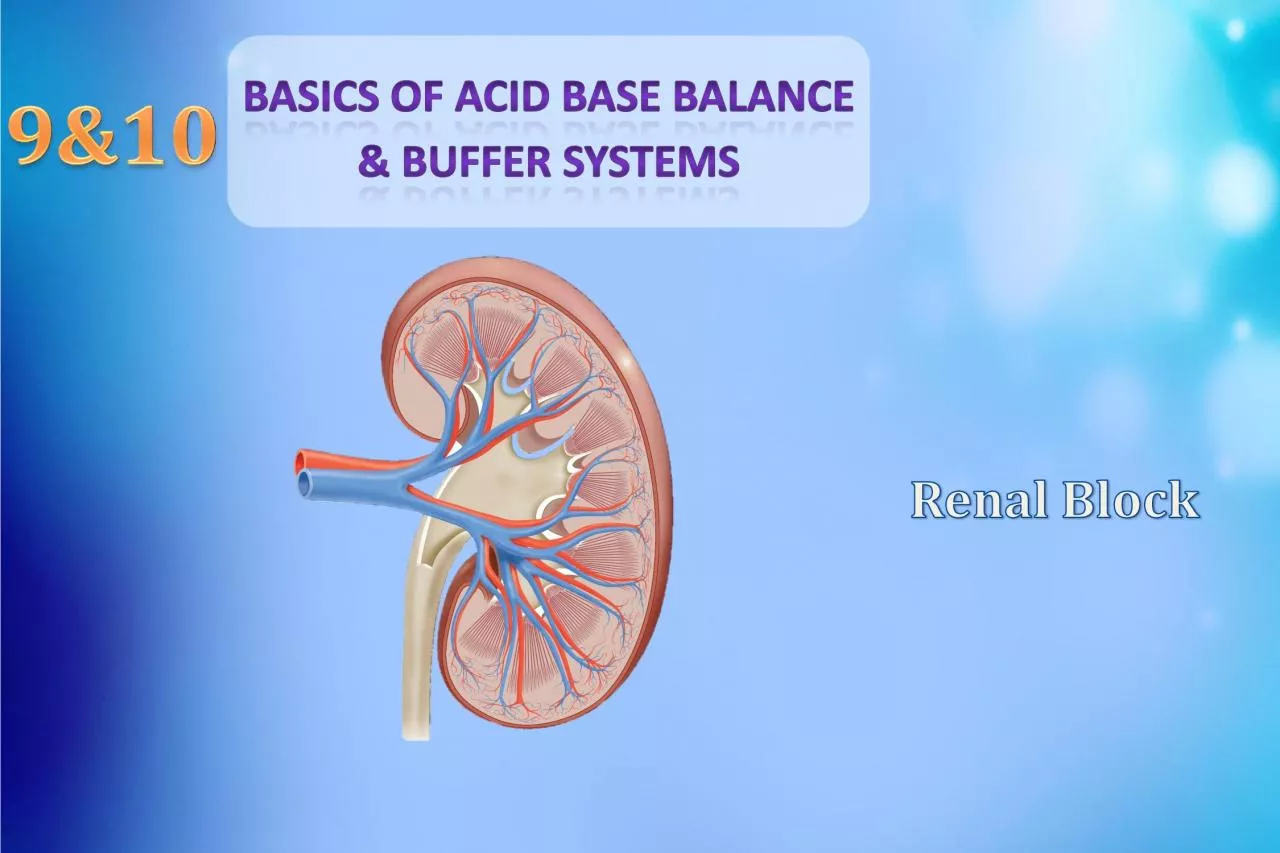PDF-enUSxMCIxD 1xLangxMCIxD 1xLangObjectivesBasics
Author : fiona | Published Date : 2022-08-16
xMCIxD 30xMCIxD 30Basics of Acid Base Balance What pH represent H concentration in the blood What is the normal range of pH in general 0 14 in the blood 7 35 7 45 Ex
Presentation Embed Code
Download Presentation
Download Presentation The PPT/PDF document "enUSxMCIxD 1xLangxMCIxD 1xLangObjectives..." is the property of its rightful owner. Permission is granted to download and print the materials on this website for personal, non-commercial use only, and to display it on your personal computer provided you do not modify the materials and that you retain all copyright notices contained in the materials. By downloading content from our website, you accept the terms of this agreement.
enUSxMCIxD 1xLangxMCIxD 1xLangObjectivesBasics: Transcript
Download Rules Of Document
"enUSxMCIxD 1xLangxMCIxD 1xLangObjectivesBasics"The content belongs to its owner. You may download and print it for personal use, without modification, and keep all copyright notices. By downloading, you agree to these terms.
Related Documents

